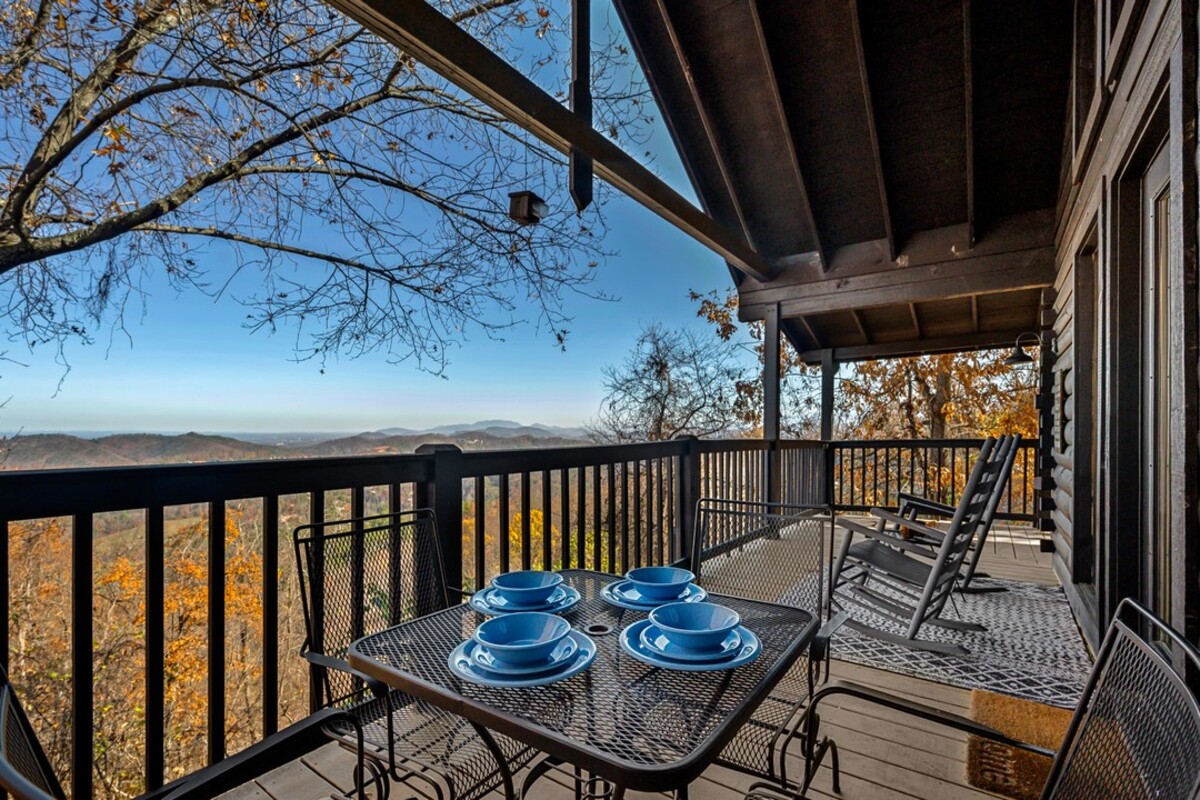Skift Take
Early investors in vacation rental markets are realizing three's a crowd.
Garrett County, which houses the Deep Creek Lake in Maryland, has a story to tell about short-term rentals — one with ebbs and flows.
In 2017, personal income growth in the county was 1%. The following year in 2018, home sales in Garrett declined 3.4% and their prices slid 8.4%.
And then came 2020 and the pandemic. Home sales in Garrett County jumped nearly 37% in 2020, while average prices rose 26% to $436,946.
The numbers were headier in 2021 — in March, sales in Garrett were up 71%, and average prices rose to $567,688.
The picture today looks more lackluster.
“Following the pandemic, Deep Creek was one of the most profitable areas in the country,” said Tiffany Edwards, a strategic consultant for short term vacation rental organizations. “You had all of D.C. going there, and that’s slowing down after doing extremely well for two-three years,” Edwards said.
After one vacation rental, then came too many, too quickly. The excess supply was led by low interest rates, resulting in a drop in occupancy and a steady increase in the number of available listings.
“The market prior to 2020 was seeing a steady healthy growth, and then Covid hit, which made the drive-to destinations popular,” said Emir Dukic, founder and CEO of Rabbu, which provides short-term rental data to investors. “First they were shut in, then people started driving, and now they are flying again and that changes the demand curve,” Dukic said.
Garrett County isn’t an exception — several vacation rental markets that saw a post-Covid boom are starting to feel the saturation. Palm Springs, California, saw the number of licensed vacation rental properties grow from 2,316 to 2,881, a nearly 25% increase from January 2022 through the end of April. That sent rental rates plummeting.
California Awakening
As return projections sober up, investors are plotting their exit. Christopher Ledwidge, executive vice president of TheLender, which sells wholesale mortgages, is one of them.
“I am selling my short-term rental at Big Bear, California,” he said. “When I bought it in 2020, we had 1,300 STRs permits issued, and today there are about 2,800. In these short three years, we have more than doubled the number of rental operators,” he said. “Supply went up and demand took a slight hit.”
“Cities are catching on that these are revenue generators. Water tax, sewer permits have gone up. What pushed me over the edge was that 15% transient occupancy tax,” Ledwidge added.
Regulations, higher taxes and simply higher costs of operating short-term rentals will see a lot of operators exit the market. This in turn presents an opportunity for professionals to come in.
“In the last couple of years you do see an over saturation in some markets and one needs to do more research because there is so much variance in the market,” said Paul Kromidas, founder and CEO of Summer, a short-term rental operator based in New York. “People want to commodify these assets, they want to try to fit it into a box. There are opportunities in this market, but it now needs to more thought and you cannot wake up and decide to do it.”
Source: Rabbu
Log(ged out) Cabins
Speaking of other oversaturated markets, almost everyone interviewed for this article mentioned the Great Smoky Mountains, most notably, in Sevier County in Tennessee.
“The Smokies at one point was crazy,” Ledwidge said. “Log cabins, at its peak, were going for the same price as homes in Newport Beach, California.” Ledwidge predicts we will see some attrition for another year or two.
In January 2020, Sevierville clocked in $3.9 million in lodging sales. That rose to $7.2 million the following year. These markets are seeing some of that correction happen now.
In January 2022, it netted $10 million and, this year lodging sales stood at $12 million in January. As more homes come on the market, there likely won’t be many buyers waiting to snag these properties. “The minimum expected returns have changed a lot,” Dukic said. “In 2021, 20+% is what people thought they could get. Those were possible but rare, but investors are looking at high single digit at like 8%+.”
Source: Sevier County Economic Development Council
With the cash infusion in 2020/2021, low interest rates saw a lot of first-time property owners buy vacation rentals as investments. With rising rates and excess supply, the rental income doesn’t pay the mortgages anymore.
“Now that occupancy and average daily rates are lower, a lot of people cannot cover the mortgage,” Edwards said. “People cannot cover the same kind of cost, because they bought with the idea of those high post-Covid projections, and they cannot make the money last all year.”
In April this year, The Sevier County Commission decided to classify short-term rentals, including Airbnb cabins, as commercial properties for tax purposes. subjecting owners to a 40% tax rate instead of the 25% they would have paid if the properties were classified as residential.
“People were quitting their W2 jobs to run short-term rentals, and they are finding out that this is way more volatile,” Ledwidge said.
Kromidas added that those who were “touring” the industry — trying their hand at owning and operating short-term rentals — will slowly leave the market, putting those homes on the market.
“The tourists are leaving the industry and the professionals are coming in and making the market better,” Kromidas said. “Every market needs it, and some markets more than others, and it will happen over 24 months.”
Editor’s Note: This story has been updated with comments from Summer
The Daily Newsletter
Our daily coverage of the global travel industry. Written by editors and analysts from across Skift’s brands.
Have a confidential tip for Skift? Get in touch
Tags: airbnb, california, real estate, vacation rentals
Photo credit: View from a cabin in Pigeon Hole Forge in the Smoky Mountains owned by Bear Tracts Vacation Cabins. Source: Smokymountain.com/StaySense
